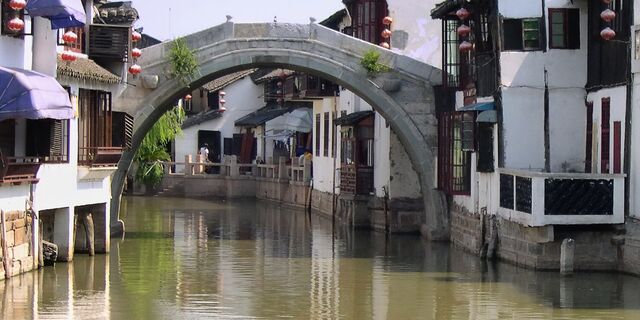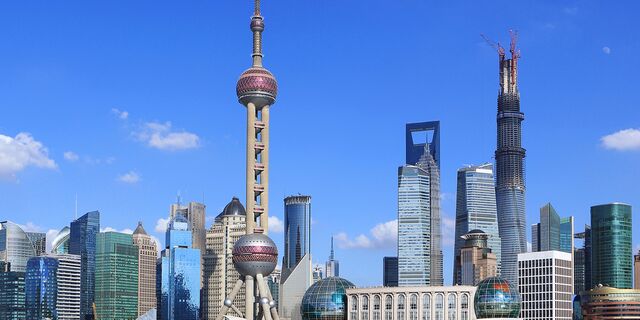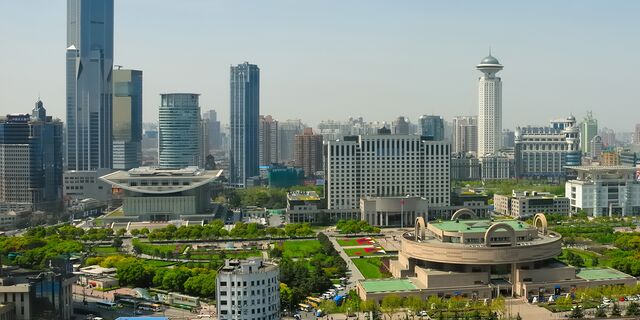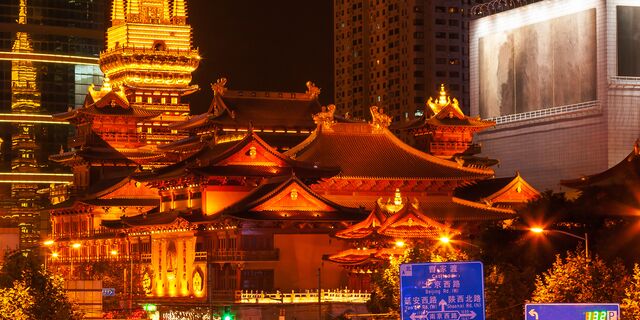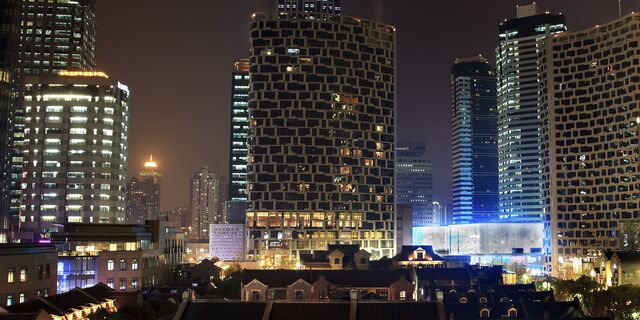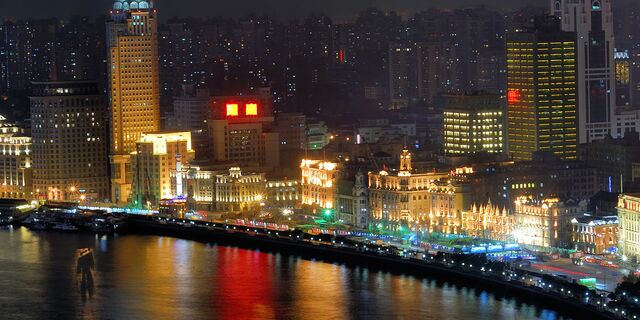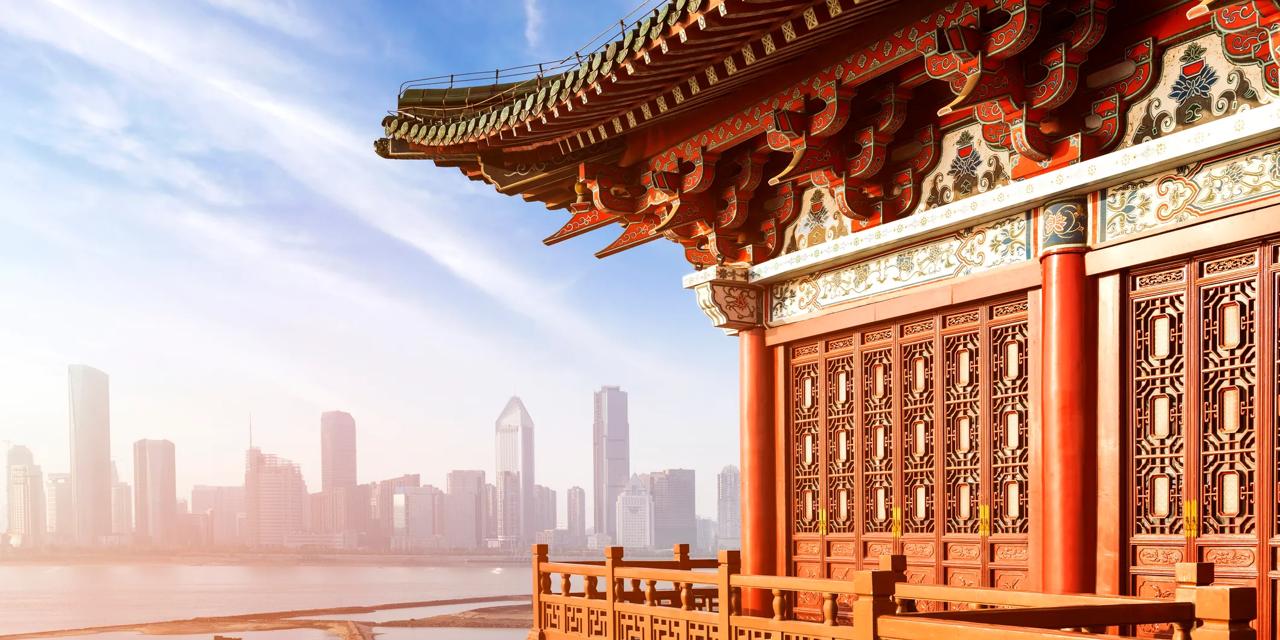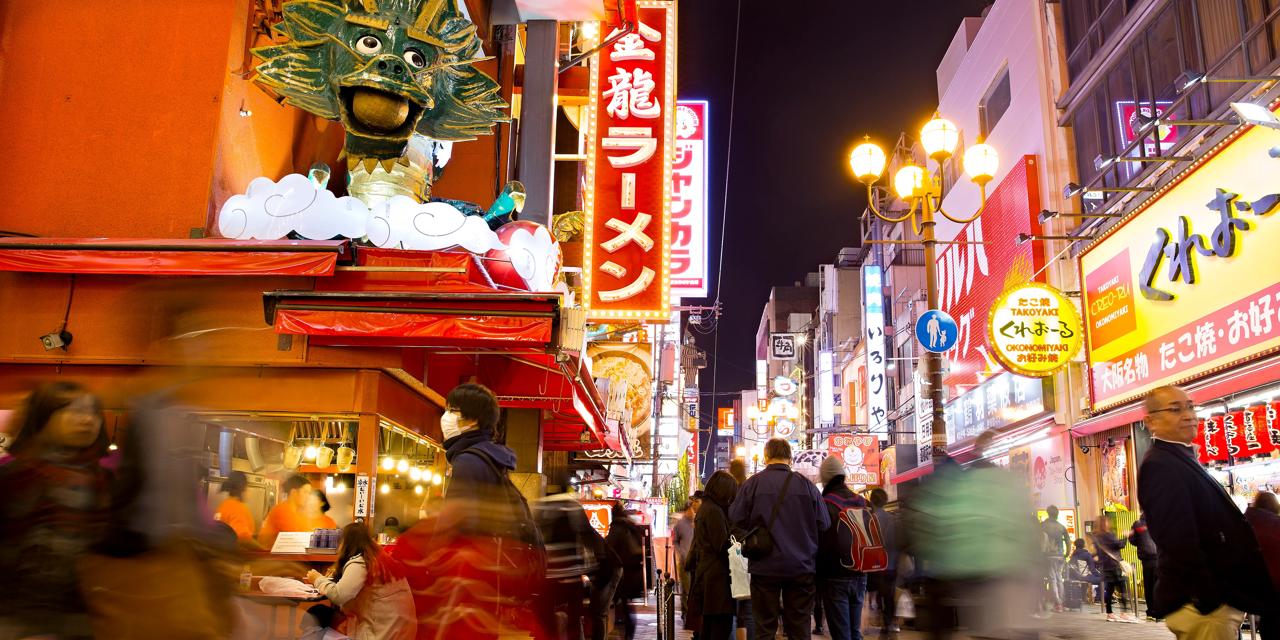Masters of landscape architecture
The Yuyuan Garden is a masterful example of Chinese garden architecture. The classical garden in the heart of Shanghai is home to water and rock formations that have been designed with the utmost precision, and according to Feng Shui principles. The organised asymmetry and alternating use of the elements make the garden feel much more spacious than it actually is. The pavilions, the zigzagging bridges and many nooks create a delightful garden to explore.
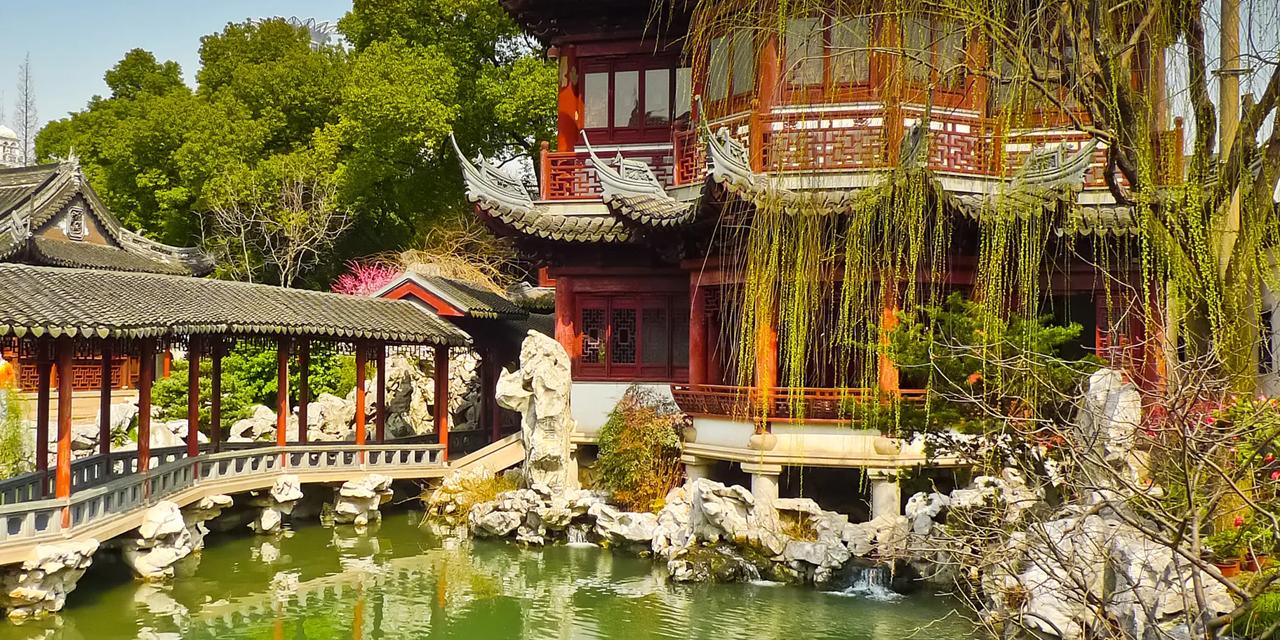
Chinese garden design
Traditionally, Chinese gardens were created by writers, scholars and aristocrats. High level civil servants commissioned these gardens as a private haven where, after a hard day of work, they could retreat to work on their art, such as calligraphy or painting. The idea was to design a garden that evoked the vast natural world. Vistas, flowerbeds and straight lines were therefore out of the question. Designing the garden was a real challenge due to limited space as well as a shortage of funds. And because of the lack of money, it took 28 years to complete the Yuyuan Garden. However, the results were very rewarding. Take a stroll along the paths to explore the garden’s many secrets. Use your imagination and the rock formations become mountains, the modest bamboo plants and pines turn into primordial forests and the ponds represent the seas of the world. The stones in the garden must be rough and rugged, with small pits. When the water washes over the stones, the pits create a splash in all directions. The leaves and flowers change colour each season, giving the garden many different appearances.
Tea rituals on the water
Next to the entrance of the Yuyuan Garden is the oldest teahouse in Shanghai: Huxinting Teahouse. Access to the teahouse is rather unusual; you get there by crossing a zigzagging bridge over the pond. According to traditional beliefs, people can be chased by evil spirits. As these spirits can only move in straight lines, they will not be able to follow anyone across a zigzagging bridge. Arrive undisturbed in the teahouse where you can try one of the many Chinese teas. Save your appetite for a delicious snack from the nearby bazaar. You will want to be hungry when you visit the large number of stalls that sell Chinese delicacies such as steamed dumplings and noodles with beef in soy sauce.
Discover other destinations in Asia
*The displayed prices are for one adult. All amounts are in USD. Taxes and surcharges are included. No booking fee is applicable, but a payment surcharge may apply. Prices shown may vary depending on fare availability.
The weather forecast information is provided by World Weather Online. Air France-KLM is not responsible for the reliability of this data.

